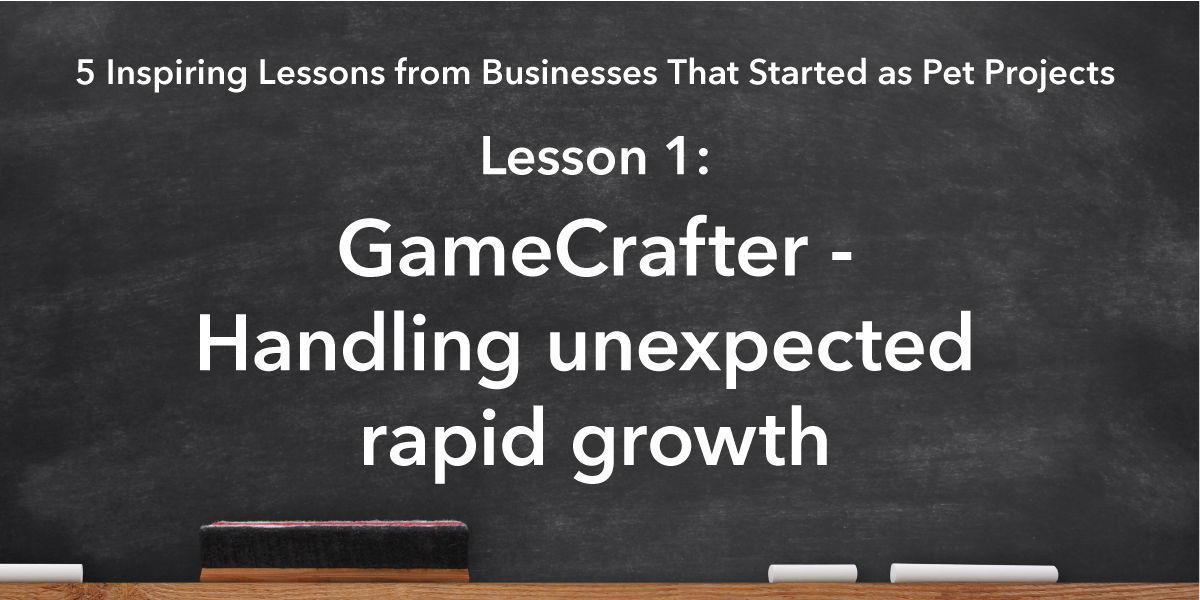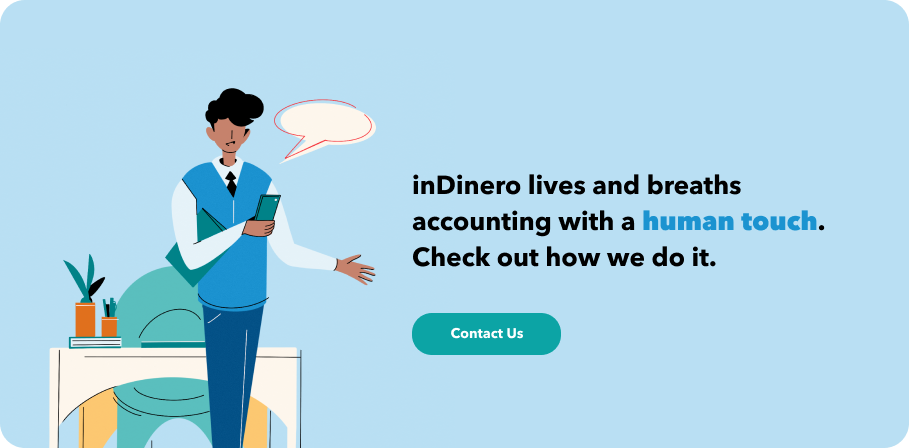On Tuesday, September 5, I had the pleasure of interviewing Ross Blankenship in a Q&A-style webinar to talk about what he looks for in startup investment opportunities. We received a lot of great questions during the event, a few of which we ran out of time to address live. Here are Ross’s responses to those remaining questions:
Q: What percentage of great ideas achieve investment, versus run on a revenue stream?
A: First, I would say that every business should operate as if they’re never going to raise money. Always aim for profitability. The closer you get, the better position you’ll be in if and when you do raise capital.
Second, as for the percentage of great ideas that achieve investment, I would say that fewer ideas are getting funded—a small percentage at best. It’s much simpler and easier to create a demo and an actual product before raising money than it was in the past. So it’s become more or less an expectation.
Instead of trying to fund an idea, focus on turning your “idea” into a product that people pay for as soon as you can, and then aim for profitability.
Q: I’m a SaaS company below $2 Million in monthly recurring revenue. What do I need to work with a VC?
A: At Angel Kings, we’ve invested in many SaaS companies long before they have $2MM in monthly recurring revenue (MRR). Buffer is a great example. I don’t think you should get caught up on the MRR per se, but instead focus on:
- Sustainable MRR growth (5% to 10% month-over-month)
- Reducing churn
- Adding lifetime value (LTV) to your customers
Our VC Firm, Angel Kings, is happy to look at your SaaS company well in advance of you hitting $2MM+. If you’re focused on growth, reducing churn, increasing LTV, we’re all ears for your investing pitch!
Q: Which type of entity is best for raising capital?
A: Always, always, always, incorporate your company as C-Corporation (aka “Inc.” and preferably in Delaware). Venture capitalists and angel investors don’t like to invest in LLCs (aka Limited Liability Companies). It’s much easier to raise capital as C-Corp in terms of your capital structure, ledger, and for purposes of one day going public or whatever liquidity event will provide a high return for your investors.
Q: Would you invest in a “pre-revenue” / “pre-customer” company?
A: No. Even if it means going to your local coffee shop and trying to convince someone there to be your first customer, there’s really no excuse for not having a customer before you raise capital.
Nowadays, it’s also much easier to build new products, demos, and show investors that you have traction before you raise capital. You will notice in my proprietary formula for startup valuations, “The Blankenship Method,” that step two is requiring that before an entrepreneur can raise capital from our firm, that they must have a product people are already using and loving.
Q: How do I best leverage my investors?
A: I always recommend having investors help you acquire new customers. If your investors are like me, they’ll have used and love your product. You should ask them to recommend your product or service to like-minded people.
As a side note: I would be careful with the word “leverage,” as we’d rather think we’re here to help your company grow and scale to new heights and not just to be leveraged for your own self-gain.
Quick Note: This article is provided for informational purposes only, and is not legal, financial, accounting, or tax advice. You should consult appropriate professionals for advice on your specific situation. indinero assumes no liability for actions taken in reliance upon the information contained herein.




